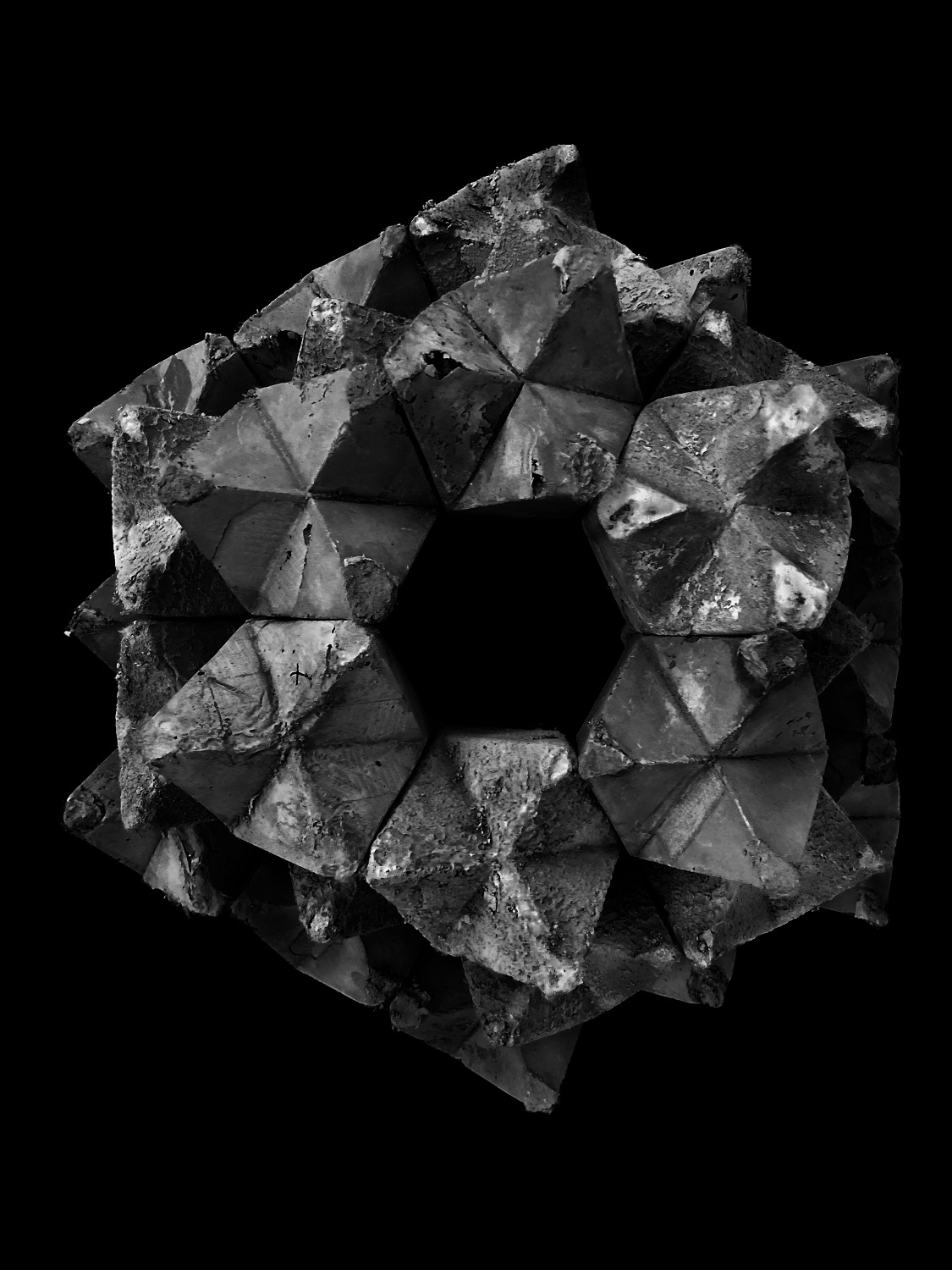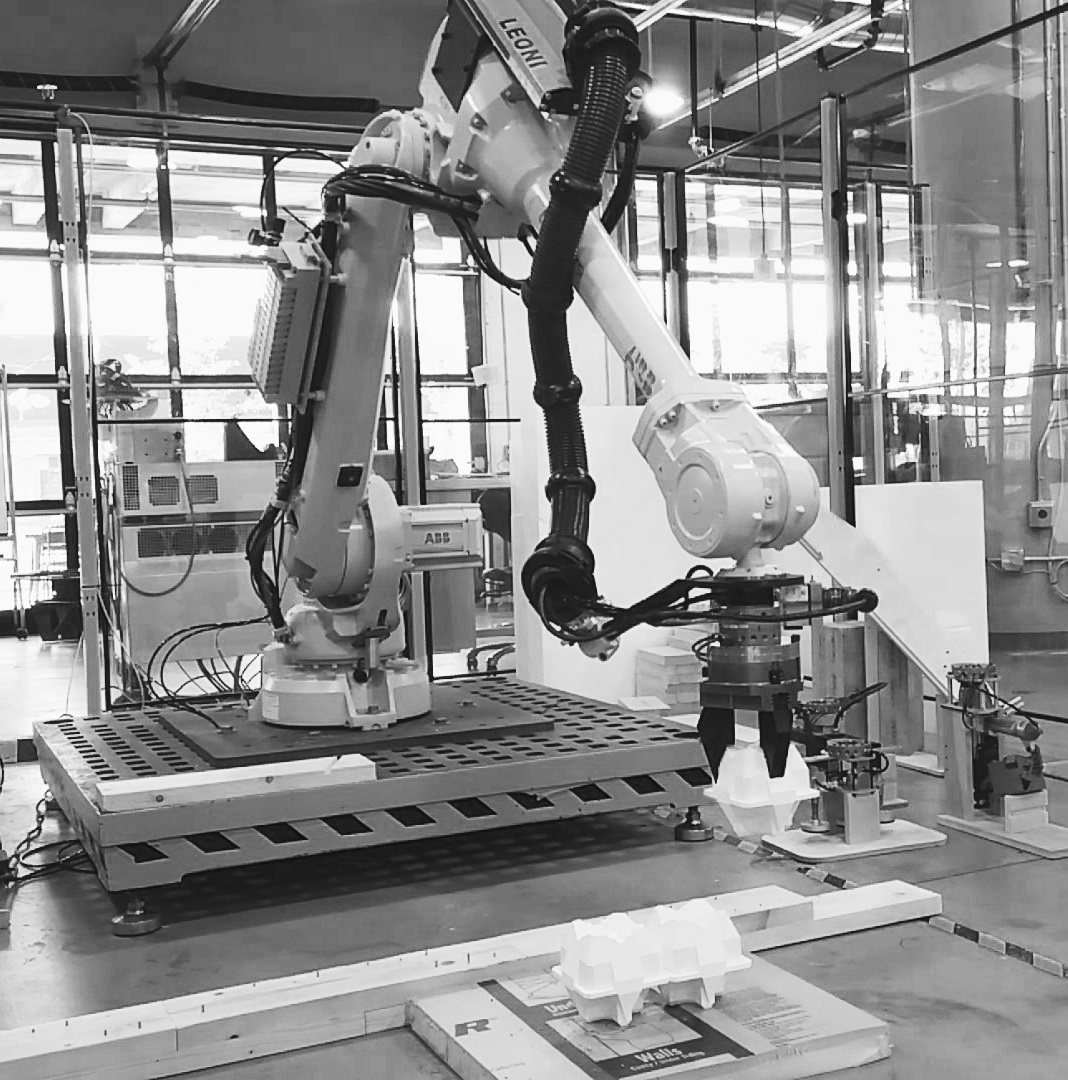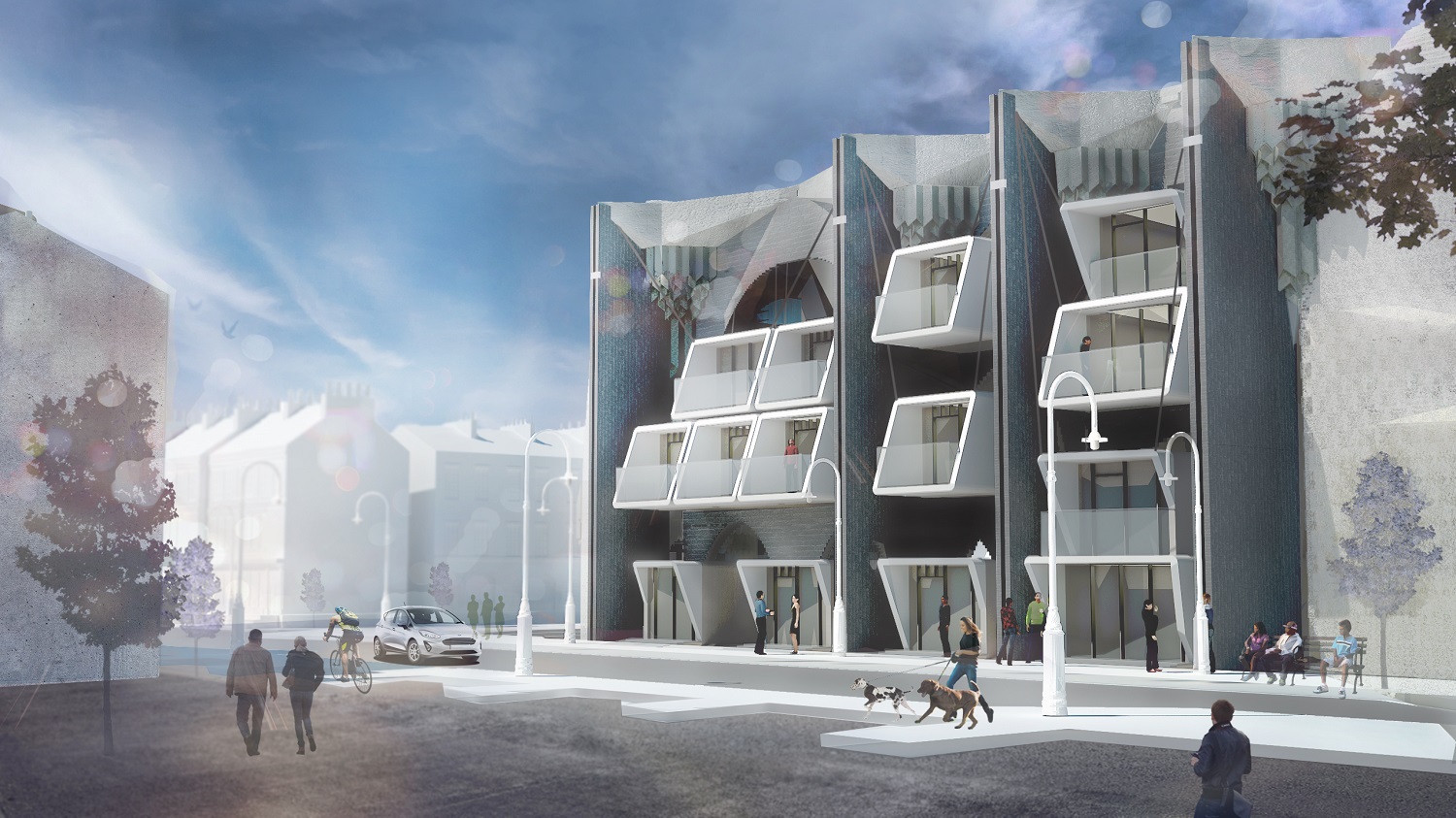Constructing agency 2017-2019
block party
Studio Shajay Bhooshan
Tutors Alicia Nahmad Vasquez
Team Taeyoon Kim (Republic of Korea), Bhavatarini Kumaravel (India), Atahan Topcu (Turkey)
Inspired by the studio brief and the work of Aldo Van Eyck, we research ways to re-establish the connection between urban planning and housing which has been lost in modern cities for decades. We propose a co-living system where users negotiate their boundaries through game theory. The complex user dynamics shape the house, which shape each block, and block-by-block reshape the entire city. Home becomes a micro-city, and city becomes a huge house.
A top-down prescription to urban housing has resulted in dry, monotonous masterplans which treat all individuals as equal variables and are callous to social changes. Without room for adjustment, the city subdivides in an unhealthy manner within a caged framework, resulting in tiny rooms of poor quality. The habitants of the city stay impotent, unable to alter their environment due to regulations and laws forbidding them to do so.
As a response to this, we propose a system where a user can enter the game to generate and manipulate his/her own surroundings. The user gets to make his/her own decisions about what to share, who to share with, or not to share at all. The users will get to make decisions for the composition of their own house as well as negotiate their boundary within the network, both physically and socially. Hence, the block is no longer a static entity, but one which keeps evolving, shrinking or growing according to the input of the users. This process will bridge the gap between mass customisation of the block and the user, making each block unique and dynamic.
We explore how far we can extend the principles of corbeling and dry stacking masonry units, in respect to their materiality, geometry, spatial capacity, structural performance, assembly process and parametric relationship between the units. Through multiple iterations, we achieved compression only networks which do not require a single screw, adhesive or mortar. We focused on enabling a process without formwork or frames, to enable effortless assembly by a small group of residents themselves, with or without the help of robotic arms.
















